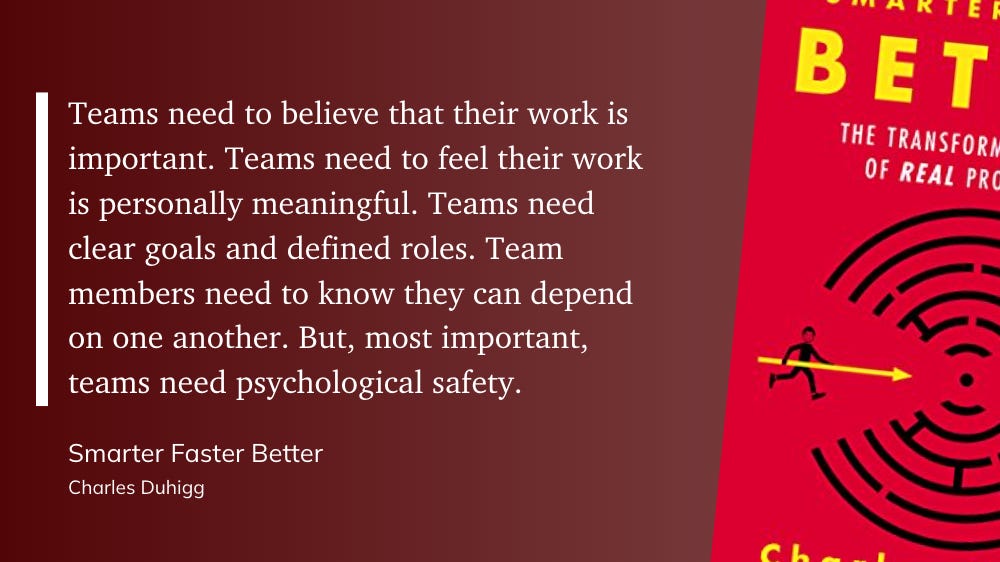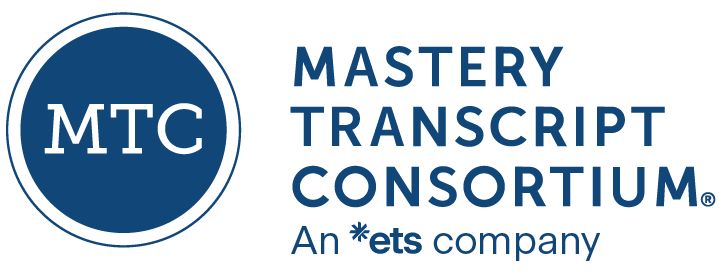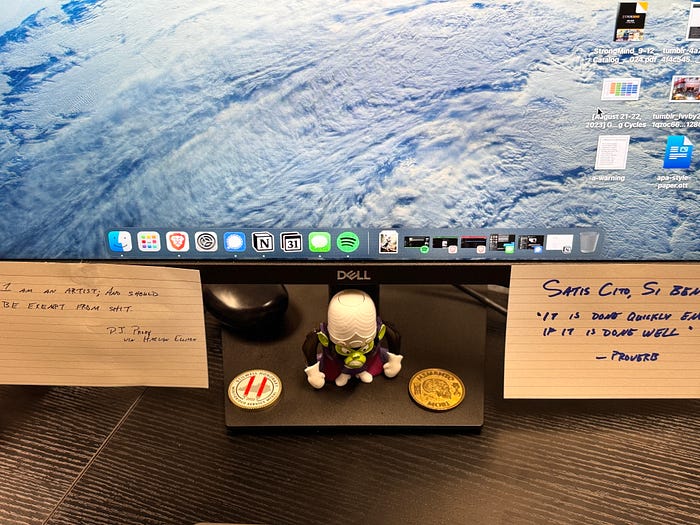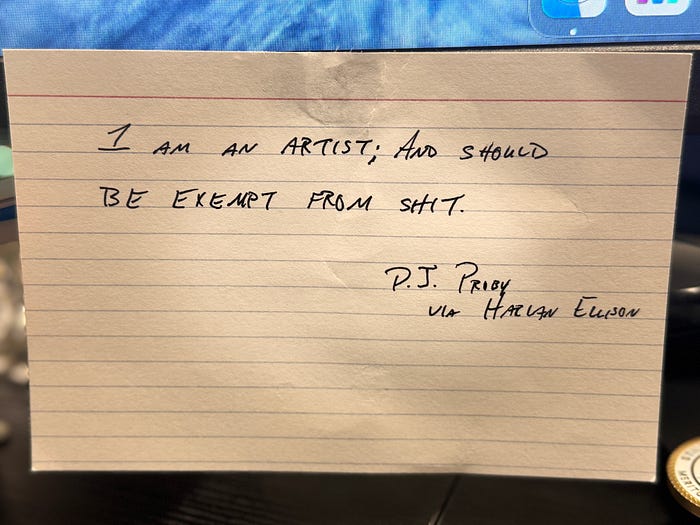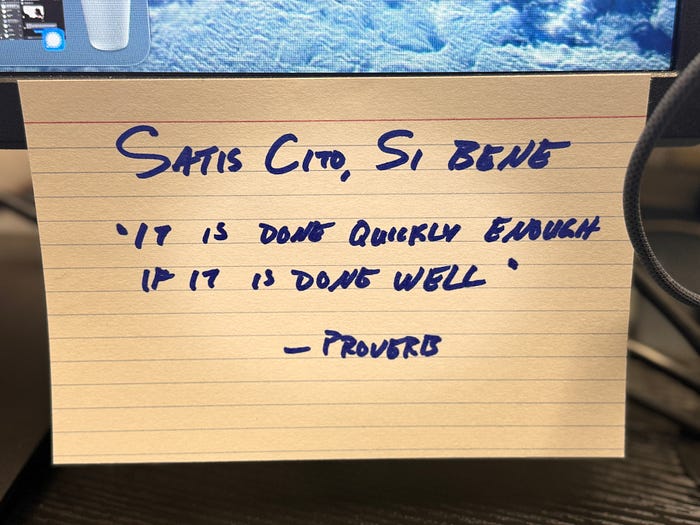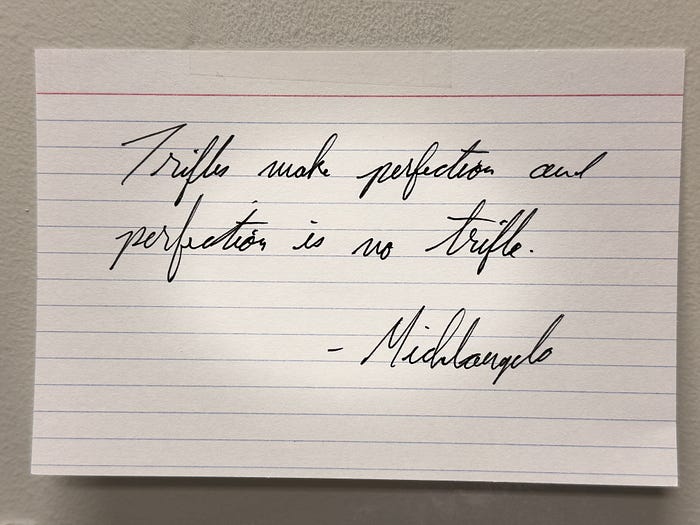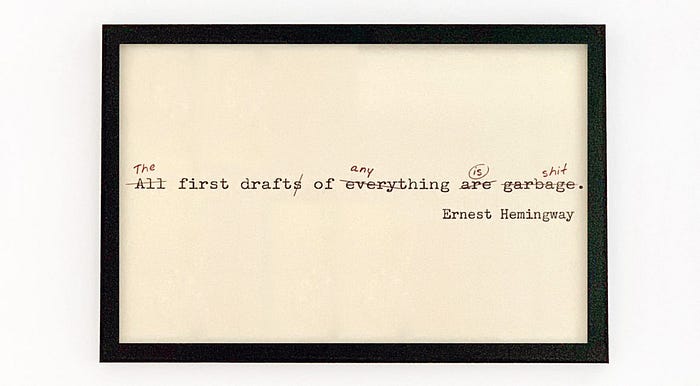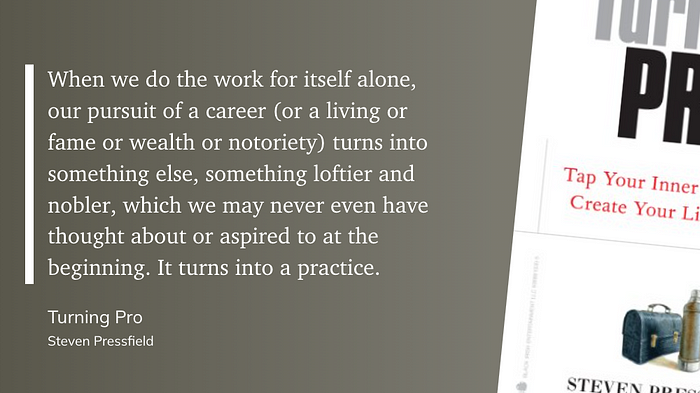
Greetings Starfighters,
Pardon my absence for the past couple of weeks. The closing of one school year is generally filled with preparations for the next school year, mostly comprised of meeting after meeting filled with lots of planning.
In my case, I’m also catching up on professional development hours. Taking a new position so close to the beginning of a school year and taking most of the year to find your footing in said position does little to help get those crucial PD hours in when you’re just trying to stay afloat.
But I’m back and should be bringing you regular updates again unless the galactic overlords play havoc with the latest beef shipment at Costco…
Anyhow, my brain is consumed these days with creating new professional development sessions for teachers and prepping for our annual Doc Week gathering with the Educational Leadership Studies doctoral students on campus at the University of Kentucky.
As our program is fully online, it’s the only chance we have to get together in person, share some laughs and stories, and commiserate on our struggles as we walk down the doctoral path. Ultimately, it’s about connecting with a tribe of peers, something that can help all of us get through whatever struggles we’re experiencing.
For now, on with the show…
Quote of the Day
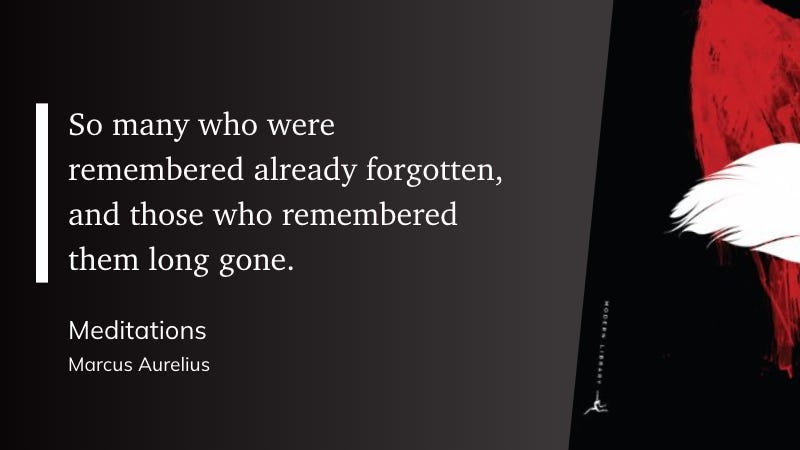
“So many who were remembered already forgotten, and those who remembered them long gone.” (Marcus Aurelius, Meditations)
Musical Interlude
Bruce Springsteen — No Surrender — Live in Dublin 2024
Long Read of the Day
In June 1944 the landings had been a long time coming. After a series of crushing defeats between 1939 and 1942, the comeback of the British Empire and the USA in World War II began in North Africa in 1942 and continued in Italy 1943. But, it was the landing in Normandy in June 1944 that were the decisive breakthrough. The destruction of the German forces in Northern France opened the door to the liberation of Paris and to the eventual meeting with the Red Army in Central Germany in May 1945.
We’re only a few days removed from the 80th anniversary of D-Day, and these reflections from Adam Tooze are a compelling read.
Video of the Day
One of my favorite YouTube channels belongs to Brent Underwood. Brent took up residency in Cerro Gordo, California, just as COVID broke out here in the US. Now, that may not sound all that interesting until you learn that Cerro Gordo is an abandoned silver mining town that some say is haunted.
Let the fun begin.
Brent has worked for the last few years to restore the town, even rebuilding the American Hotel for future travelers (he published a book about his journey recently). It’s not hard to look at all the Cerro Gordo restorations as one massive project-based learning unit, albeit far more expensive and lengthy than anything we could ever pull off in a school setting (but it sure would be fun to try, wouldn’t it?)
Last year, Brent hosted a race from the entrance of the Cerro Gordo road up to the town itself. Again, that may not sound all that interesting until you learn that the road is about eight miles long, mostly dirt and gravel, and achieves nearly 5,000 feet in elevation gain over those eight miles.
In other words, it’s a hell of a run. 230 people signed up for this year’s race on Memorial Day weekend. Here’s the recap:
Final Thoughts
My friend, Brian Rodman, is publishing his book, Memoirs of an Angel, on Kickstarter later this month. It’s a great blend of horror, spirituality, and good ol’ storytelling. From Brian,
It’s been almost two thousand years since the Final War destroyed planet Earth, and nearly a thousand years since The Grand Republic brought peace and order to an otherwise chaotic world. Every day, ordinary citizens of the Republic work, play and rest with the knowledge that utopia is well underway. But Jonathan Young knows better than to put hope in such things. For as long as he can remember, his entire life has been an ongoing battle. And once he comes face to face with Etrulia, the Witch of Endor tonight, that battle and his torment will end one way or another. Across space and time, two elohim race against the Dark Kingdom of the unseen realms to venture inside the mind of a demon-possessed boy, attempting to free him from the clutches of the diabolical Xexxus, Last of Legion. However, the further they progress on their mission, the more they realize this possession is much more malevolent than it seems. Mattia Bajuma, a Cleric of the High Council of The Grand Republic, flees to the witch-infested land of The Grey. Her mission: to find her old Mentor, Obadiah, and seek his guidance in a desperate bid to save her young client. This new world order, with its utopian façade, threatens to euthanize the innocent. But Mattia, with her unwavering determination, is willing to risk everything to save him. These lives will intertwine and crash together across the seen and unseen realms. They must learn to unite if they are going to prevent what is seemingly becoming inevitable…the undoing of the order of the cosmos; the destruction of The Cosmic Wheel.
If this sounds interesting, head over and get on the notification list.
The Eclectic Educator is a free resource for all who are passionate about education and creativity. If you enjoy the content and want to support the newsletter, consider becoming a paid subscriber. Your support helps keep the insights and inspiration coming!




